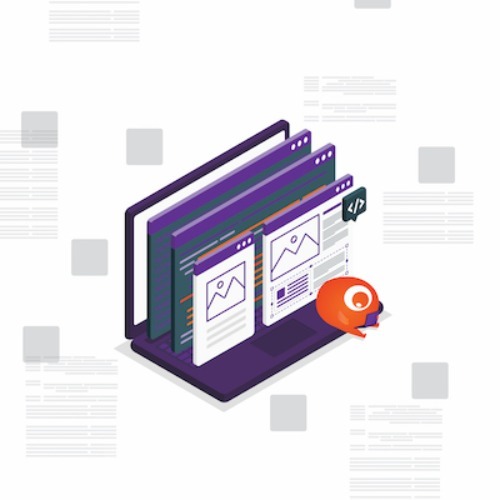PRODUCT REVIEW: SEO POWER SUITE
May 1, 2014 by Paul Byrne
Using an SEO Power Suite can be extremely helpful when dealing with organic search rankings. From a developers point of view, there seem to be many tactics to making your site get better organic search rankings, but, they all seem to boil down to 2 key ideas:
- Structure your site to make it easier for the bots to crawl and index
- Reduce page load times
Site Structure
While there is a lot to this, in short, you want it uncluttered and you want to remove things that the bots don’t need so they have less to sift through.
- Put content as close to the top of the page as possible. This makes sense for users, i.e., keep content above the fold that is most likely to make your site ‘sticky.’ For bots, it just means they get to the content they want to index more quickly.
- Sitemap. Have one of these, put it in a standard location and, register it with the appropriate webmaster tools.
- Remove duplication. Whether it is keyword overuse (like removing titles from anchor tags, or, making sure pages have a single path to them. I.e., mystore.com/producta and mystore.com/productb, if both resolve, dilute your SEO juice.
- Stuff needs to work. Make sure you don’t have links to pages that 301 redirect or 404 error out. Don’t have broken image links.
- Validatable. Make sure every page validates for the version of HTML your site is built for. While browsers may forgive a broken tag or undeclared, required parameter, Google bot won’t.
- Images. Use alt text so the blind bots know what is in it. This is also nice for vision-impaired users and earns you karma.
Page Load Times
OK, this is the subject of numerous web sites, blogs, conferences, etc. There is a lot of talk about this. However, the reality is that most eCommerce sites could maximize this by simply taking care of business like:
- Put your site on a faster server. Duh. However, if you are going to do that, figure out where the bottleneck is. If you’re in the cloud, it is probably DB i/o.
- Use sprites. A single request for all those little images on the page certainly makes for good structure.
- Use compression.
- Use a CDN, especially if your audience is world-wide.
- Lots more stuff. You know the drill from Google Site Speed.
- Make sure your server-side scripting is structured to reduce the number of requests it takes to build a page.
- Only use plug-in services (chat, etc.) that load quickly.
OK, so, that’s a lot to keep track of. You may have a lot of people working on your site, updating descriptions, blogging, adding content, etc., who may not be SEO geniuses and don’t know they are doing it wrong. Next thing you know, your wonderfully organized site is now a mess again and your rankings are suffering for it.
And, that’s just your on-site stuff. You also need to make sure your backlinks are growing in the right places, your pages and content are easy to share socially, and on and on!
There are quite a few tools to help figure this out. Just Google whatever you’re looking for and there is a website that will give you its opinion on your site. However, I find it useful to have a tool for all of this that makes it easy for a non-developer to identify the issues.
Razoyo recommends SEO Power Suite from Link-Assistant for the small to medium sized merchant. It runs on your desktop and the reports and suggestions can drive your SEO priority list!

